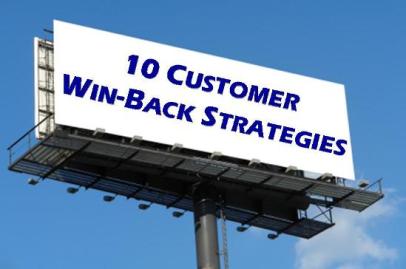Are you interested in profitable top line growth for your small business?
If yes, where can you focus first? What can you do now?
Try these ten keys to profitable top line growth.

10 Keys To Profitable Top Line Growth by small business growth consultant Andy Birol.
- Your customers’ growth is key to your business profitability.
The more you increase the average spending of your customers, the quicker your business will be more profitable. - Your growth is related to your profitability.
Assessing your customers by how profitable and by how much they are growing gives you the tools to grow the right ones for the most return. - Accurately balance your resources between your existing and new customers.
Knowing how much to spend on your existing customers vs. how much to invest in your new ones maximizes your efforts and your rewards. - Identify and accelerate your revenue from your most profitable customers.
Give your customers great reasons to pay you sooner is the most logical way to generate the best revenue now. - Study your customers’ buying habits to reset your selling methods.
If your customers have changed any aspect of how they buy, then you must change how you sell to them. - Brand and differentiate your business to grow your margins.
There is just no way to profitably grow your small business as the low cost provider so you must be unique and known to be such by your customers. - Repackage your products and services to grow your customers.
If your customers won’t buy beer by the glass and if they still like beer, serve it to them over dinner or offer them a keg. - Use existing sales and marketing channels differently to reach more customers.
Too often a sales force only calls on their familiar customers and advertising only speaks to those who hear the same old message. Refocus both and attract more customers. - Embrace new sales and marketing channels to reach existing customers more profitably.
If you have younger, indifferent or detached customers serve them on-line and less personally and grow your margins quickly. - Introduce value without introducing cost.
Profitability is greatest when you can deliver the perception of “new” and “more” at the same price.
Each of these ten keys can unlock your door to profitable top line growth.
Filed under: Business Growth, Profitable Top Line Growth






Recent Comments